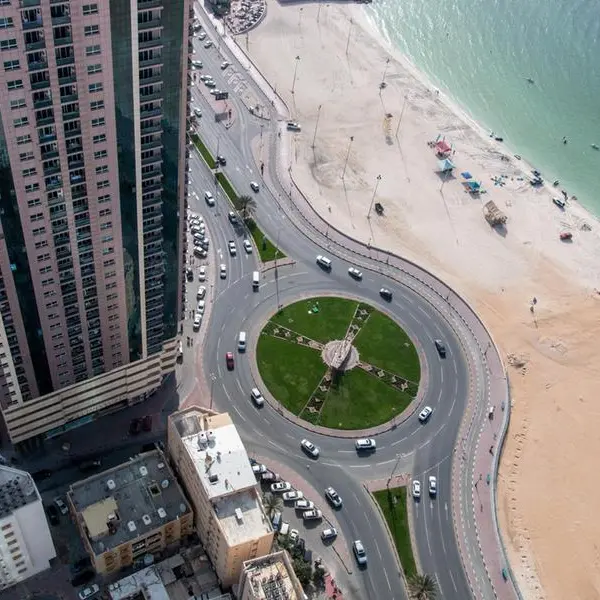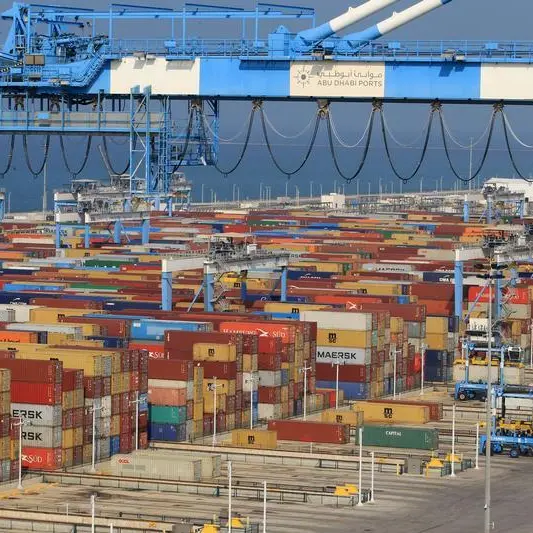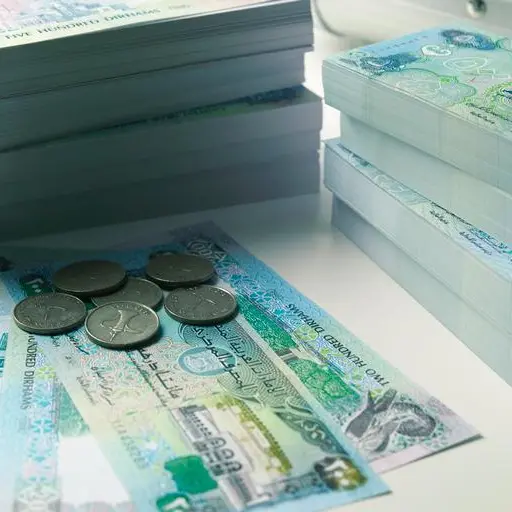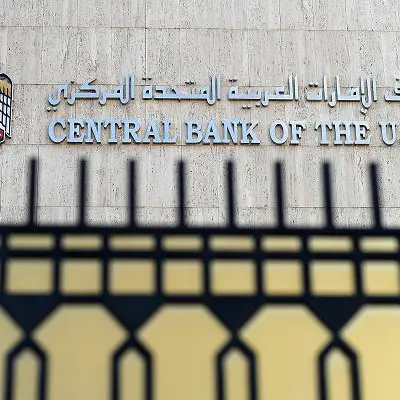Sunday, Apr 02, 2017
Dubai: Sustained fall in oil prices and government spending above budget targets have led to a large widening in the fiscal deficit of Oman in 2016. In the context of continued large external and budget deficits, the recent successful bond issue has helped the country fund deficits while preventing further erosion in foreign assets to defend the dollar peg of its currency better, according to analysts.
Recent $5 billion (Dh18.3 billion) bond sale, in tranches of 5, 10 and 30 years, marked Oman’s return to the international bond market after an absence of two decades. Order books for the issue totalled $20 billion, indicating strong international demand for its debt. Analysts say despite the strong showing in the recent issue, macro fundamentals and credit rating will be key factors that will determine the external borrowing potential of Oman.
“Availability of foreign financing is key to avoiding a hard landing near term. Still, further borrowing is likely to pressure external debt, especially if a downgrade to non-investment grade removes a source of technical support as debt levels increase further,” said Jean-Michel Saliba, an economist at Bank of America Merrill Lynch.
Oman’s consolidated government fiscal balance recorded a deficit of 5.2 billion Omani riyals ($13.5 billion) 22.6 per cent of GDP in 2016, widening from 4.2 billion riyals ($10.8 billion) 16.9 per cent of GDP in 2015.
Miscellaneous revenues
On the revenue side, this was due to a substantial fall in hydrocarbon revenues, only partially offset by an increase in non-oil revenues. The latter was mostly due to an increase in investment income and miscellaneous revenues including fees and asset sales, which suggests the increase may not be recurrent.
While the revenues from corporate tax collection last year disappointed, total expenditures dropped by just 4 per cent year on year, and came 6.4 per cent above the budgeted target.
Analysts expect fiscal deficit to narrow this year on higher oil prices, but hover around 2015 levels. The 2017 budget targets narrowing of the fiscal deficit (excluding net grants) to 3 billion riyals ($7.8 billion) 11.9 per cent of GDP, based on an oil price assumption of $45/bbl. Spending is targeted 7.5 per cent lower, with lower defence spending offsetting potentially higher current spending. GCC-wide sin taxes are likely to be implemented in the second quarter of 2017, and, while yet unbudgeted for, are unlikely to bring in material proceeds.
“We are optimistic about economic situation of Oman in light of a focused development plan, the prioritisation of public investment, the draft foreign investment law, push to the growth of SME’s and concerted effort on the diversification plan. Various stakeholder reservations about Oman were largely because of the cyclical pressures the economy was facing due to continued period of lower oil prices,” said Hettish Karmani, Head of Research of U Capital.
Future outlook
The recent bond issue demonstrates Sultanate’s ability to tap international bond market at attractive terms. Oman is currently rated Baa 1 with stable outlook by Moody’s, BBB- with negative outlook by S&P, and BBB with stable outlook by Fitch. Based on macro forecasts, rating agencies are optimistic on the future outlook.
In its recent rating update Moody’s has maintained its Baa 1 rating with stable outlook, while Standard & Poor’s expected to come out with its outlook in mid-May. The stable outlook from Moody’s reflect the anticipated resilience of Oman’s rating over the next 12 to 18 months and signals that upward and downward pressures are balanced.
“Although we expect government debt to rise to 40 per cent of GDP by 2018 from less than 5 per cent at the start of the oil price shock, Oman’s fiscal buffers will support the country through its process of fiscal and external adjustment,” said Steffen Dyck, a Moody’s Senior Credit Officer. “Yet, Oman’s heavy economic and fiscal reliance on the oil and gas sector will remain an ongoing source of credit challenge.”
Fiscal deficit
For 2016-2020, Moody’s forecasts real GDP growth in Oman of around 2.1 per cent per year on average, significantly lower than the 3.8 per cent average annual growth seen between 2011 and 2015. The rating agency expects Oman’s 2017 fiscal deficit to narrow substantially to 3.1 billion riyals ($8.1 billion) or 11.4 per cent of GDP from an estimated 5 billion riyals ($13.0 billion, or 20 per cent of GDP in 2016, and fiscal deficits will continue to decline gradually over the following years.
Helped by higher oil prices, hydrocarbon revenues are expected to start to gradually rise from 2017. Non-oil revenues will also gradually increase over the coming years, backed by a re-pricing of government services, the corporate income tax rate increase, and the expected introduction of value-added tax from 2018 onwards.
By Babu Das Augustine Banking Editor
Gulf News 2017. All rights reserved.











